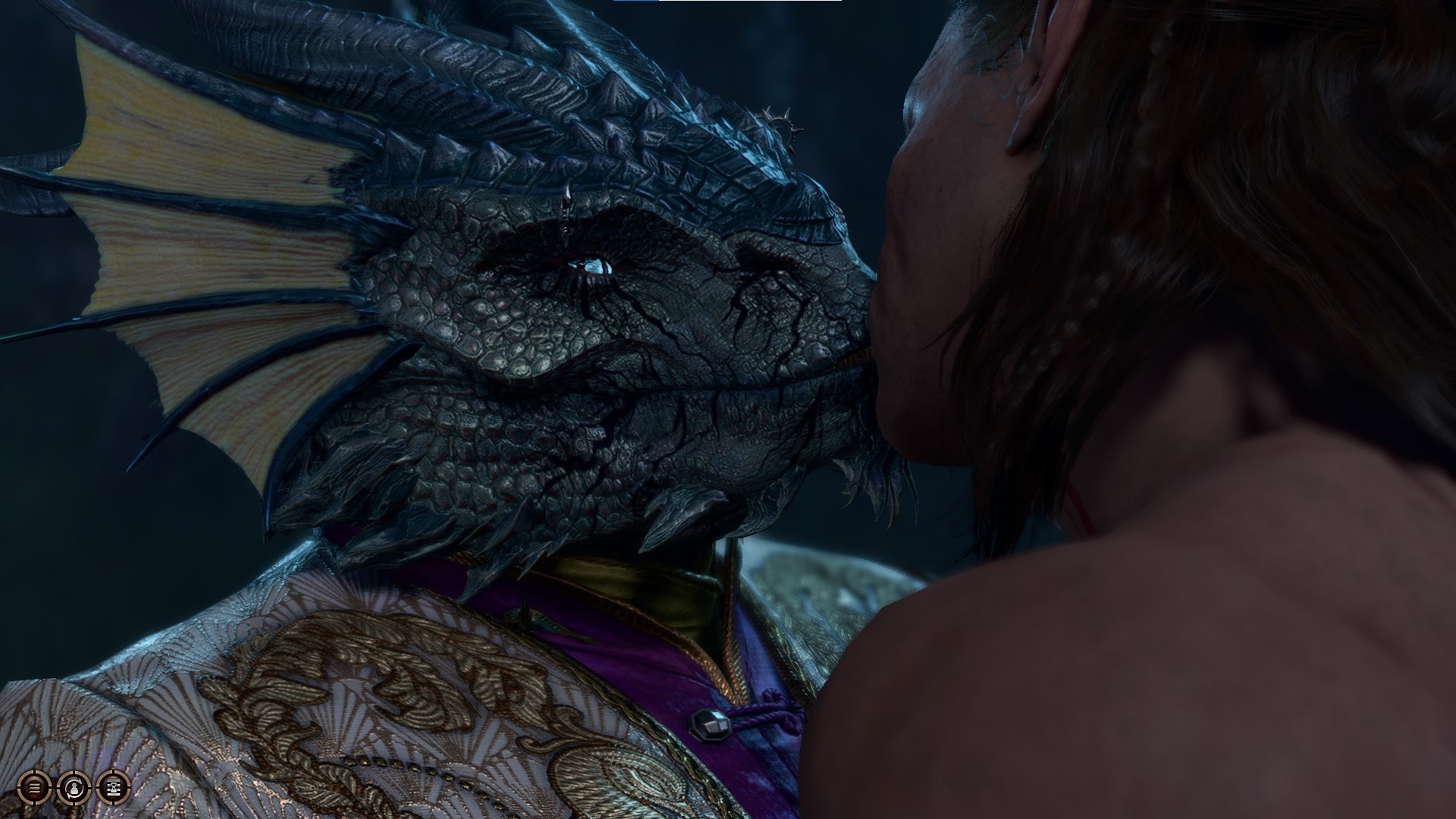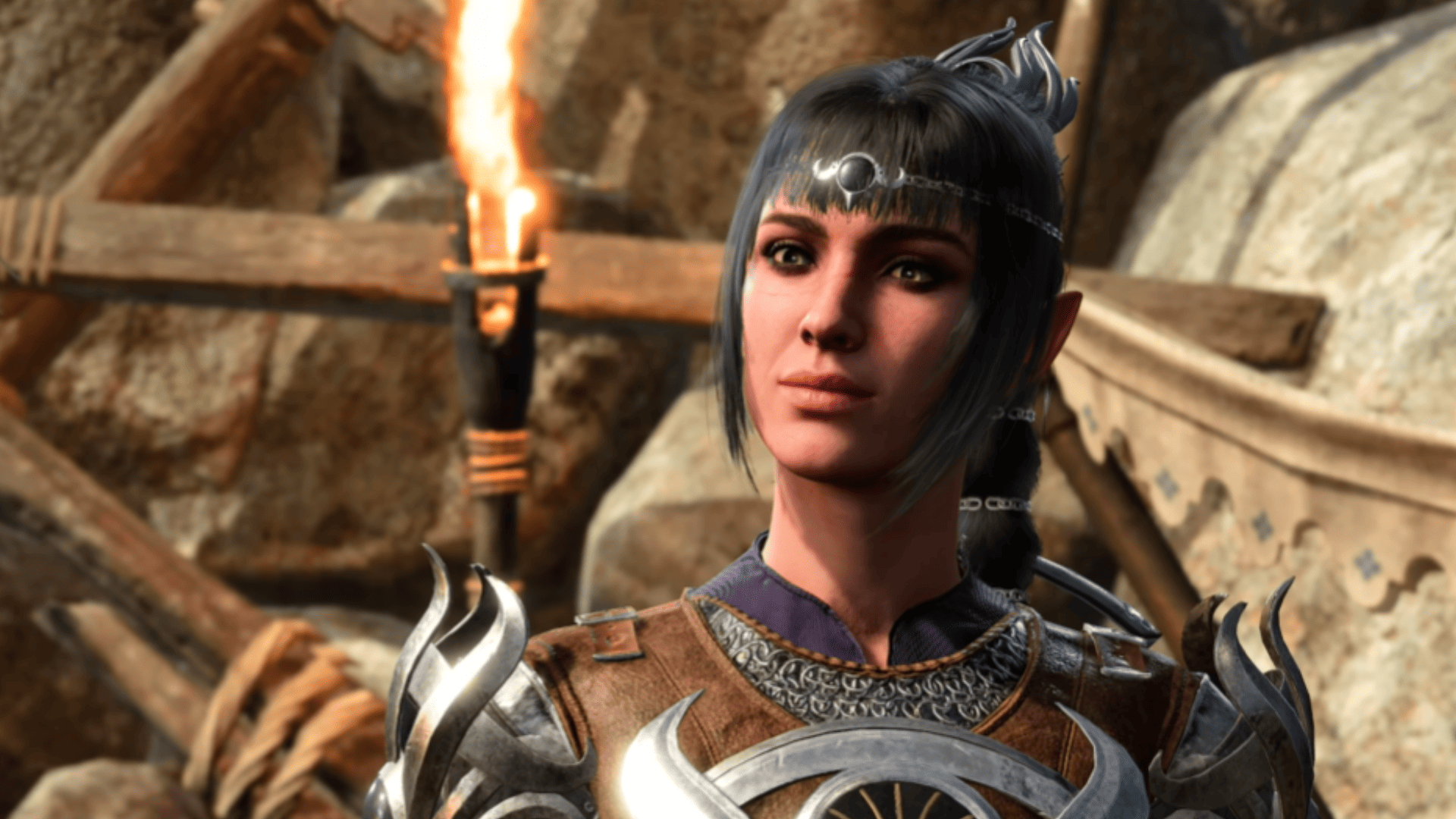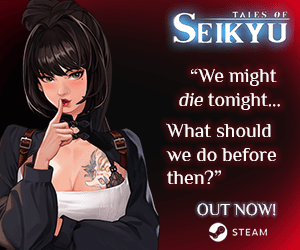How community feedback has shaped Baldur’s Gate 3
After three years in early access, Baldur’s Gate 3 has become one of, if not the biggest game of 2023. There’s been discussion about why this game is in such a special position to exist at all, from its budget and development timeline, to Larian’s sheer amount of experience with this particular style of game.
But another advantage BG3 has had over other games like it is its aforementioned tenure in early access, which gave fans the chance to give their input and experiences directly to the developers. We were lucky enough to be able to sit down with Larian Studios’ senior writers John Corcoran and Adrienne Law, and Baudelaire Welch, senior origin narrative designer, to discuss how this fan input and early testing shaped the end result of Larian’s latest project.
Gayming Magazine: Baldur’s Gate 3 has been in early access for coming up three years now and the game has changed considerably. How has the community and fandom surrounding the game impacted the game itself? For example, was Halsin always meant to be a romanceable companion?

John Corcoran: Community input is an important pillar of our process, but one that’s balanced against the skill, experience and passion of our team, and the rigour of our iterative process, where we continuously experiment with how to make the game the best it can be. We listen actively, but also have to trust our own instincts, and ultimately live with our own decisions.
Halsin was long an important figure in the game’s narrative, but more as a traditional mentor figure. With iteration he gained a more active role, and much more presence thanks to the art team’s design, and Dave Jones’ performance. It’s absolutely true that the desire (ahem) among the fanbase to expand his role was a huge influence, but it wouldn’t have happened had we not settled on a way to give him real purpose and impact in the game.
Different body types, pronoun selection and even something like genitals were requested by the community too. Were these features always planned?

Corcoran: Freedom of self-expression and self-actualisation was always the intention, right back to the first time that Swen revealed his ambitions for the project to the team internally in 2017. Partly in reaction to Divinity: Original Sin II, he wanted to allow players to make their custom characters shine as much as any bespoke origins we presented them with, and that had to include the ability to craft their character’s identity in a way that had substance and reactivity. The fact that the community was also seeking the same features was very heartening for us, as we knew we were right to pursue it.
What is, in your folks opinion, is the funniest (and non-spoilery) addition or story that’s occurred because of either fan reception/feedback?
Baudelaire Welch: We mercilessly purged any references to Gale or Wyll being hung up on their exes.
Like in previous Larian games, your love interests can be romanced regardless of player identity. Was there a reason for that, and do you feel this freedom helps draw more people to Baldur’s Gate 3’s characters?
Corcoran: The answer is basically embedded in the question – freedom. If in doubt, we default to whatever respects the player’s sense of freedom, agency, sense of roleplay, and fun. We wanted players to be able to engage with these characters, and bond with them how they see fit. All the romanceable companions are implicitly pansexual (and in some cases, explicitly pansexual), but have their own personalities, values, and priorities, which influence the course of relationships and romance in a manner that’s far more interesting and dynamic than assigning fixed roles.
Adrienne Law: DnD is inherently driven by player imagination, and in the tabletop edition, players are given the freedom to flirt and fall in love as they please. This is something we wanted to replicate as far as possible, so while it’s an equally valid creative approach for romance-able characters to come with their own set preferences, the pansexuality of our origin characters not only feels true to them and their values, but also to the spirit of imaginative self-expression and self-exploration that lies at the heart of DnD. Speaking for myself, I can say that video games (and role-playing games in particular) were some of the first places I found a space to quietly express this side of my own identity, and as a result were also the first places I experienced acceptance of this. I hope our game offers others that same feeling for our players of being seen and loved for exactly who they are. Our companions may have their foibles and flaws, but in this aspect we wanted them to be one hundred percent along for the ride.

Welch: All of the characters might be player-sexual, but that isn’t to say that romances in BG3 aren’t inspired by questions of how sexuality interacts with identity. Lae’zel is from a culture in which expressions of romance would be considered shameful. Karlach’s romance arc is partially inspired from lived experience of being neurodivergent and struggling with physical touch. Astarion struggles with communicating boundaries after a life of being treated like a sex object. The character’s identity is still front and centre in making each of the romance arcs unique, and we still wanted to make the stories where characters are challenged on how their sexuality can reconcile with their identities.
You often share fan art and fanfic surrounding the BG3 characters. Has the community’s depiction of certain characters helped shape certain things about a character, or have you largely remained resolute in how you perceive your characters? For example, Wyll was rewritten.
Corcoran: Their strongest influence is probably as a source of continuous inspiration; spurring the team to match and surpass player’s expectations. Same as before though, we need to trust our own instincts while continuously listening to the community. Sometimes there is a ‘note behind the note’ – the deeper root to the feedback that you need to uncover and meet on your own terms. It’s not about sticking stubbornly to your guns or about adopting feedback wholesale, but rather understanding this an extremely powerful tool that Early Access and community feedback gives us access. A tool that must be wielded with precision and intent however.
One example is Shadowheart’s demeanour – we always planned for her to be closed-off initially, then open up over time, but the recurrent feedback was that she was too mean. The change was not to reimagine who she was, but rather give the player more opportunity to understand her and try to bond with her. Original Shadowheart is still present – you can see it by altering some of your choices in the opening hours of the game.

Welch: I was hired to be a narrative designer in part because I was writing BG fanfiction when Early Access came out. I consider that to be a testament to how much Larian cares about that part of the community, and wanted to integrate community perception of their characters into the development team. We know that it’s the creativity inspired in the players themselves, which motivates them to imagine a continuation of that character’s story, which makes a character stick with someone for their entire life. Baldur’s Gate 1 and 2 had what I consider to be the best fanfiction communities in gaming history, in the form of people making lore-friendly mods to add romances into the vanilla games themselves in Gibberlings3 and Pocket Plane Group (you should check them out!). Those communities have long been an inspiration, and I fully expect the BG3 community to damn well write the best fanfiction that’s ever been written.
Sex and intimacy play a significant role in character relationships in BG3. You’ve included sex in Divinity before, but these scenes seem far more explicit. What was the reason for this and, in your opinion, what role does sex play in the storytelling of BG3?
Corcoran: The mantra from the beginning was ‘this is a game for adults – sex is going to happen’. Coupled with this, we had our ambitions for cinematic storytelling, and of course, the constant goal of pushing the bar on player freedom. A simple fade-to-black would not have fulfilled our ambitions, same as choices with consequence or an open world without life would have been a failure on our part. We don’t want to dabble in features that we’re not committed to, and willing to push ourselves on.

Welch: In many games with sex scenes, they’re an end goal. A quest reward. But we didn’t just want to show sex in BG3. We wanted to show all the triumphs and tribulations which come with all kinds of intimacy. Sex is just one part of that. In a game with a 100+ hour playtime, you have the opportunity to delve into depths of character development at a level unmatched by any other medium. It would be ridiculous to think only in terms of ‘when is the sex scene going to happen’ when you’ve got so much to work with.
There were equally graphically descriptive sex scenes, in fact, in DOS2, (time for everyone to roll the Red Prince), those aren’t new to us. What is new to us is that we have situations set up as ‘Oh, Shadowheart has gone down a dark path, and now has a really toxic attitude towards intimacy. I actively want to break up with her. And that break up feels good. That break up feels like cathartic character development, rather than a failure.’ Key to showing intimacy is also showing its human failures.
And a quick follow up of the previous question. There have been arguments that video games are very clinical and sexless. Is BG3 looking to change that?
Corcoran: We were looking to make our game, essentially, as we wanted it to be. The medium is rich enough to accommodate all sorts of depictions of relationships and sex, and not every game needs to emulate what we’ve done. Certainly, some may take inspiration from Baldur’s Gate III, and realise that there’s an appetite amongst players for adult themes in high-profile, mainstream games, but the breadth and depth of games as a medium allows for many voices and approaches, and should be considered a strength.

Welch: Having romance brings in an audience of people who will play the game specifically for the sake of the emotional development they will feel within it, which, quite honestly, broadens the diversity of the audience enormously. A few people will talk down the game for being sappy, and we welcome that. The very first questions most players ask each other about playing an RPG like this are ‘what class did you play?’ and then ‘who did you romance?’. Everyone has a sappy heart, deep down.
Just because I’m curious. Did many people complain about the bear sex scene, and, as part two to that question, how many people pre-purchased BG3 after you showcased it in Belgium?
Corcoran: I’ll let my second yacht answer that question for you (not really). In terms of raw numbers, I can’t say, but the impact was significant. If there were complaints, I think they were very much in the minority, from what I gleaned. The overall sentiment seemed positive, and very excited about the implications for player freedom that it suggested. ‘If this can happen, what else can happen – and it’s because of me and my choices…?’ You can’t manufacture that sort of excitement. I just dearly hope that someone edits in some David Attenborough voiceover at some point.






